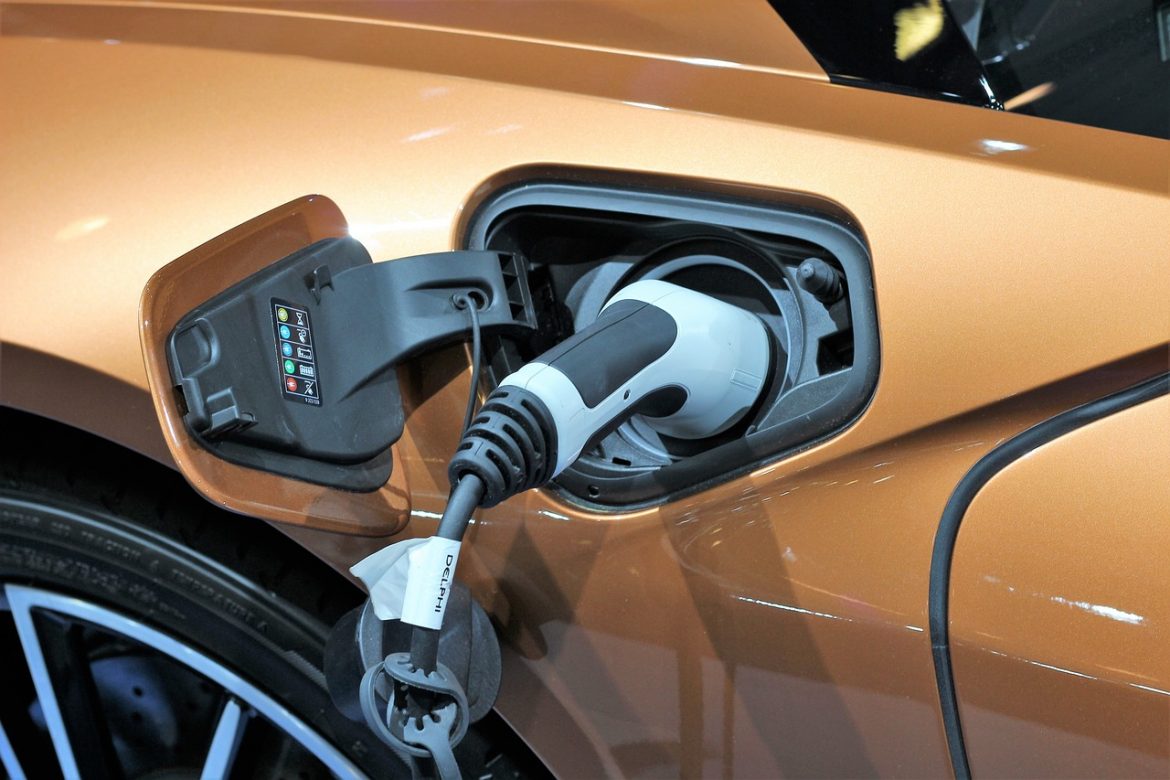The Biden administration has finalised a series of substantial tariff increases on Chinese imports, marking a significant escalation in trade tensions between the world’s two largest economies. The U.S. Trade Representative’s office (USTR) announced on Friday that many of these tariffs, including a striking 100% duty on Chinese electric vehicles (EVs), will come into effect on September 27, 2023.
This decisive move, part of the administration’s strategy to strengthen protections for strategic domestic industries, encompasses a wide range of products beyond EVs. The tariff hikes include a 50% duty on solar cells and a 25% increase on steel, aluminium, EV batteries, and key minerals. These measures are designed to counter what the U.S. perceives as China’s state-driven excess production capacity, which has long been a point of contention in international trade discussions.
The USTR’s determination, while first reviewed by Reuters, reveals that certain tariffs, such as the 50% duty on Chinese semiconductors—now expanded to include polysilicon used in solar panels and silicon wafers—are scheduled to take effect in 2025. This phased approach suggests a strategic timeline for implementing these protective measures across different sectors.
Notably, the final decision largely maintained the tariff structure announced in May by President Joe Biden, with minimal adjustments. The administration disregarded pleas from the auto industry for lower tariffs on graphite and critical minerals essential for EV battery production, citing continued dependence on Chinese supplies as the rationale for maintaining higher rates.
Lael Brainard, the top White House economic adviser, emphasised the necessity of these “tough, targeted” tariffs in an interview with Reuters. She argued that such measures are crucial to counteract China’s state-driven subsidies and technology transfer policies, which have led to over-investment and excess production capacity in key industries. Brainard particularly highlighted the 100% tariff on EVs as a response to the “very significant unfair cost advantage” that Chinese electric vehicles have used to rapidly dominate car markets globally.
The timing of these tariff implementations is noteworthy, coinciding with both Vice President Kamala Harris and former President Donald Trump courting voters in auto and steel-producing states. Both are positioning themselves as tough on China ahead of the November presidential election, with Trump having vowed to impose even higher 60% tariffs on all Chinese imports if elected.
This move by the U.S. aligns with similar actions taken by other major economies. The European Union and Canada have also announced new import tariffs on Chinese EVs, with Canada matching the 100% U.S. duties, indicating a growing international consensus on addressing China’s trade practices.
While the tariffs are extensive, the final decision does provide some targeted relief. U.S. port operators, facing a potential 25% tariff on massive ship-to-shore cranes—a market dominated by China with no U.S. producers—will receive temporary exemptions for cranes ordered before May 14, 2023, and delivered by May 14, 2026. This grace period aims to mitigate immediate disruptions to port operations and infrastructure development.
The healthcare sector also sees some adjustments, with tariffs on medical face masks and surgical gloves increased to 50% from an initially proposed 25%, but with delayed implementation to allow for a shift to non-Chinese suppliers. Chinese syringes will face an immediate 100% tariff, up from the previously planned 50%, though a temporary exclusion for enteral syringes used in infant feeding has been granted for one year.
In a nod to industry concerns, the USTR announced it will consider requests for tariff exclusions across five Chinese industrial machinery categories, including equipment for purifying or filtering liquids, industrial robots, and printing machinery. Additionally, tariff exclusions will be allowed for Chinese solar wafer and cell manufacturing equipment, although this does not extend to equipment used in the production of complete solar modules.



